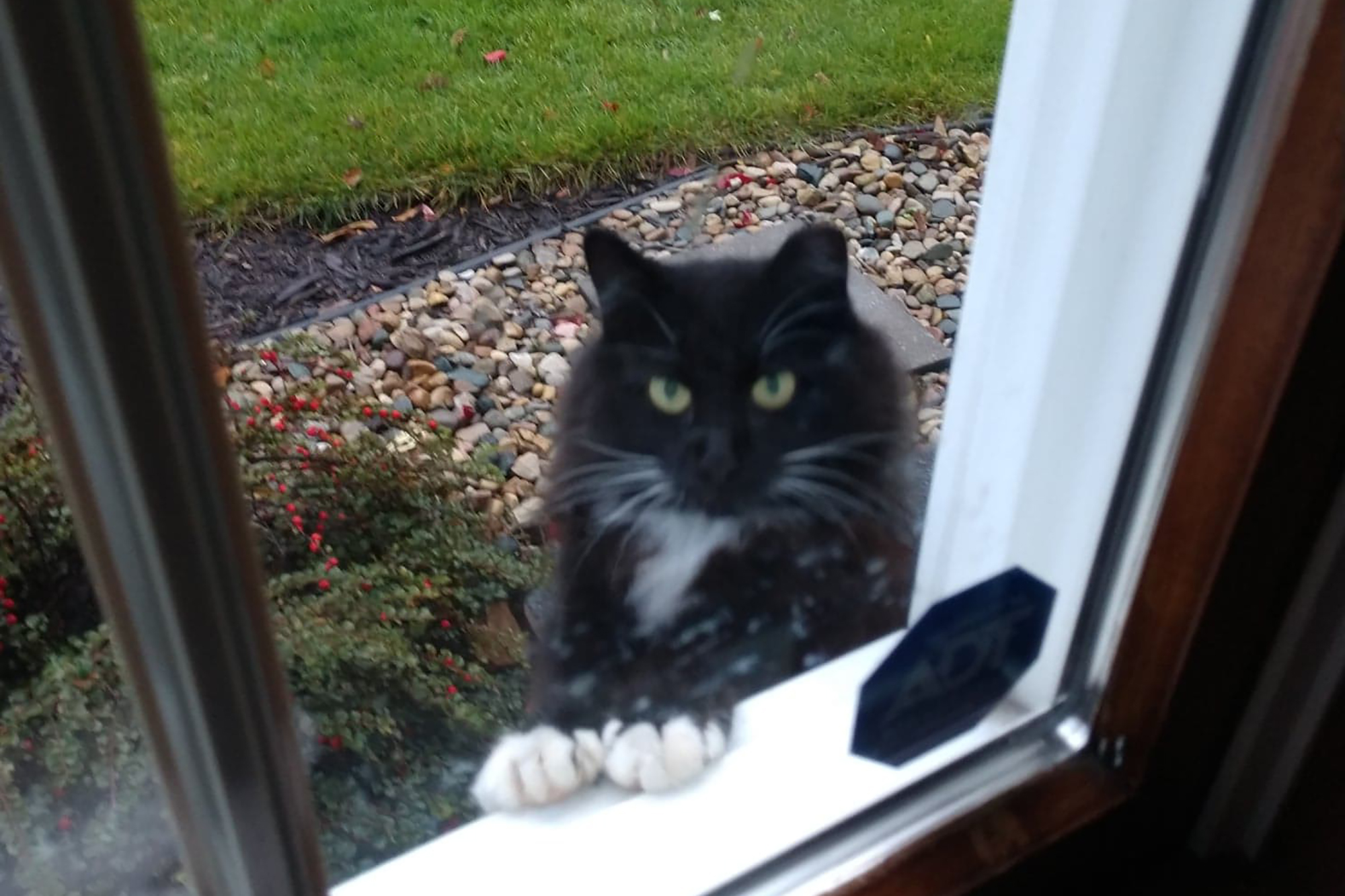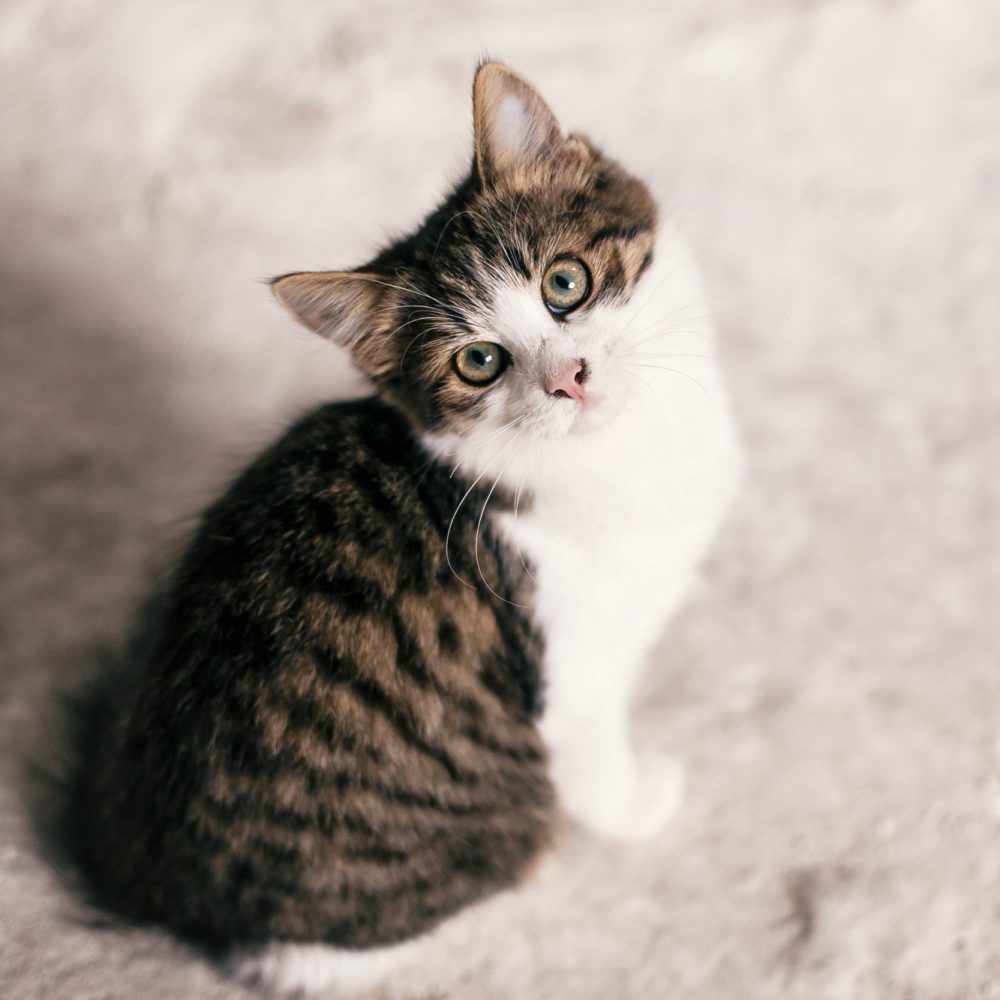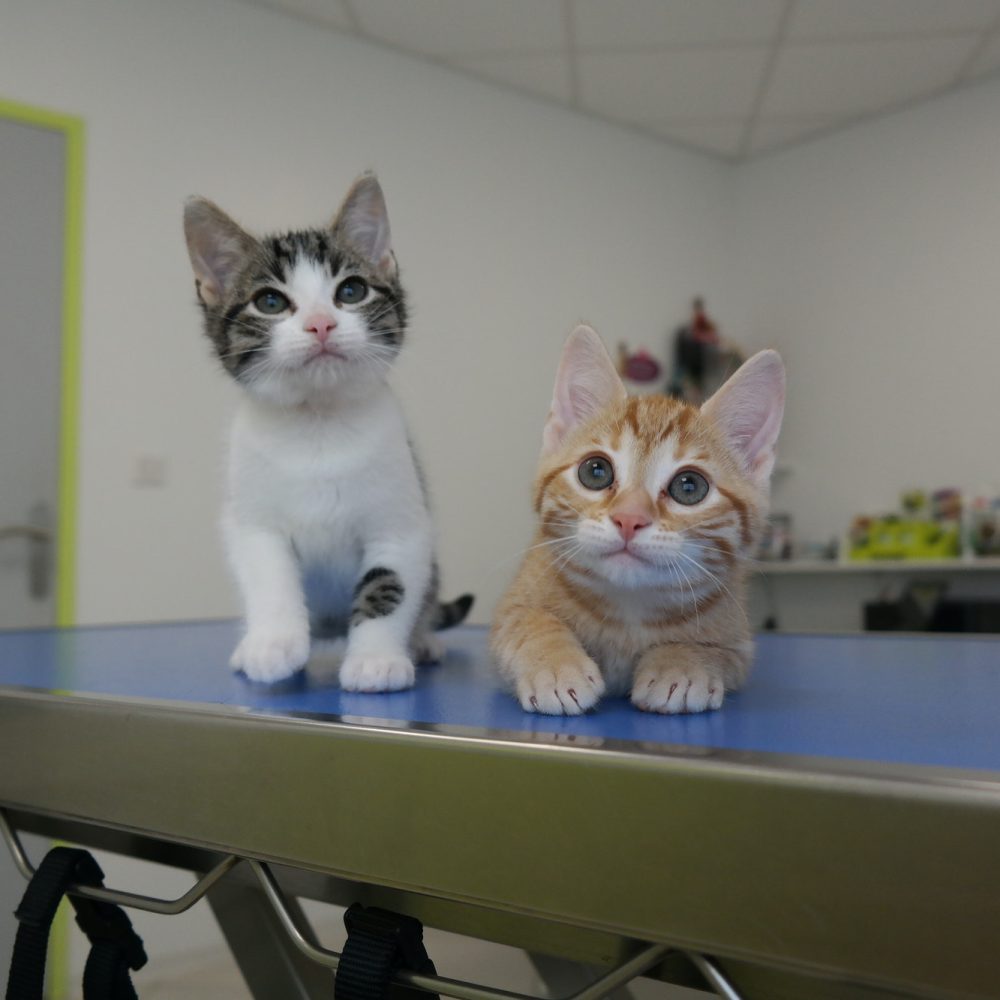
Email Address
elkhartferalcats@hotmail.com
Phone Number
(574) 214-7125
Our Location
Elkhart, IN 46514

elkhartferalcats@hotmail.com
(574) 214-7125
Elkhart, IN 46514



Stray and feral cats are at home outside, but they still need protection from the elements –wind, rain, snow and freezing cold. Follow these tips to help them stay safe, warm and healthier during the winter months and severe storms that often occur in Elkhart County. Ideally a space with at least three sides to block the wind, a roof to block precipitation and a floor to keep paws from getting frostbitten on the frozen ground. If these cats are new to your yard, watch as they come and go from the feeding area to see if they have sheltered areas nearby, such as a barn. Some colonies find shelter for themselves in a shed or under a building where their safety is uncertain. Consider building a shelter for the cats. See below for idea’s and safety precautions in caring for your furry friends during the blistering cold months.
Make sure you shovel out cat shelters when you do your walkways. Cats in shelters can get snowed in, so keep entrances clear and shovel. Don’t forget exits for cats who may be taking refuge under the bushes, porches or other hiding spots as well. Make sure their feeding area is cleared as well so they do not have to sit in the snow or on ice to eat, a feeding station is the best solution….information on feeding stations to come, check back for more info and updates.
Provide Shelter – Place discreet shelters in quiet locations away from foot traffic to help keep them from taking shelter in places where they are not welcome or are in danger. Shelters keep feral cat colonies comfortable in cold and other harsh weather conditions. Check out the shelter page for ideas and important safety precautions.
Size – This is important to preserve warmth, a good size is 2′ x 2′ x 12″ (inside height) for 1-3 cats depending on the size of cats and relationship. Larger shelters are not necessarily better, since heat disperses quickly, leaving the inside as cold as the outside. A space just big enough for 1 to 3 or 3 to 6 cats to huddle is best depending on the size of your colony. They will use the shelter mostly during the winter months and the rainy springtime. Camouflage the shelter as much as possible using dark green or brown paint. Anything that stands out could be mistaken for trash and could bring unwanted attention to the cats. Remember, they prefer to go unnoticed by strangers, so try to blend the shelter into the surroundings so they are not obtrusive to neighbors and to not draw attention to them.
Entrance – Make sure the opening is only big enough for cats. It should be 6-8″ wide to keep out wildlife and larger predators and should be off center of the front. The door needs to face away from prevailing winds or face a wall.
Bedding – STRAW resists moisture and is the best choice for insulation and keeping the shelter dry and warm. This is really the only suitable bedding for outdoor use.
Do NOT use the following:
Remember the cat will come into the shelter with snow or rain on it’s fur or feet which will be held by all the materials listed on the “Do NOT use” list above, which will in turn draw the heat from the cat (anything holding moisture will be cold and can freeze) which is likely to cause illness or death.
Clean & Refresh – Shelters should be cleaned out no less than once a year and always in the fall before the cold season arrives. At this time the used straw bedding should be disposed of and replaced with fresh. This is also a good time to sprinkle in some Diatomacious Earth (food grade) to ward off any possible parasite infestations.
Provide Food & Water – As always provide adequate food and water on a regular schedule and during the daylight hours for your safety and so you can easily assess the members of the colony.
Food – The amount of food a cat needs depends on their size, the weather and what other food sources are available.
When temperatures drop, during winter months, expect the colony to consume more food because they will need the extra calories to maintain energy levels and warmth. If concerned the wet food will freeze consider slightly warming the food prior to feeding and as always feed in an area protected from the wind. Wet food allows them to eat faster since they don’t have to breakdown the food like dry, meaning less time in the cold outside of their shelter. Dry food is sufficient if wet food is not an option. If your colony is at another location and you plan to feed canned food, consider warming the food prior to arriving at the site and using insulated bags to keep warm during travel.
Water – Outdoor cats need clean water daily regardless of weather conditions. Throughout the winter months make sure they have plenty of water to help keep them well-hydrated and their skin less dry. In Elkhart county it is important to take precautions to keep the water from freezing. Heated water bowls are readily available at most farm stores but if a power outlet is not within reach here are some tips to help keep the water from freezing.
If they come to eat right on schedule you can also put a little extra water in their wet or dry food to help keep them hydrated as well.
ECFCC cares about the over-all physical needs of the animals we serve. As important as spaying and neutering is, we reach beyond that to encompass all of their basic needs in order to ensure a good quality of life.

Privacy Policy | Terms & Conditions © Copyright. All rights reserved.